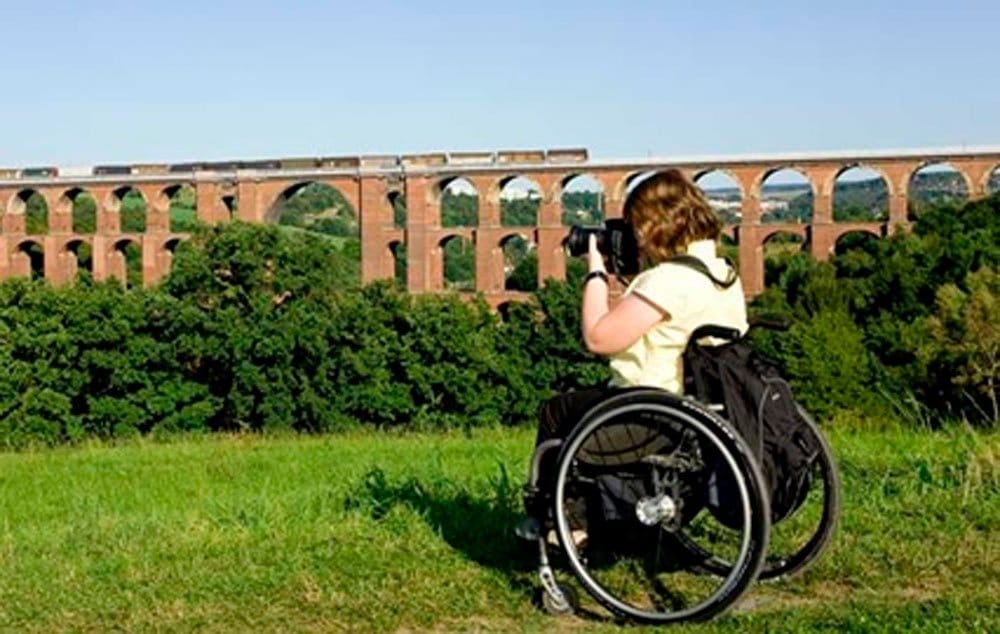Accessibility and gender-based tourism are revolutionising travel and cities, according to Pier Luigi Sacco, an internationally renowned cultural economist and professor at IULM University of Milan. West met him exclusively at the Lucca Campus Foundation, where he has just been appointed scientific director. “This is a time of great change and experimentation in the field of accessible tourism and I believe we will see a small revolution in this field in the coming years, through the combination of two seemingly distant factors.”
“On the one hand, there’s the world of FabLab, the 3D printers, which give us major new opportunities to create the tools by ourselves to make spaces more accessible,” Sacco continues. “And on the other hand, the combination of object design and urban design leads to solutions that we call ‘fast and frugal’. For example, finding a way to get a wheelchair into an old shop that has historical steps that cannot be altered.” Is this development particularly European? “There is certainly a European network of accessible cities, which are increasingly producing and exchanging experiences. But the most interesting things are yet to come.”
It’s not just the physical barriers. “There’s also cognitive accessibility: imagine a building where there is no information to understand what you’re seeing or why,” says Sacco. How long will it take to remove the distinction between tourism and accessible tourism? The professor predicts: “Within a decade, we will absolutely be there.”
Meanwhile, tourism is undergoing another major transformation. The protagonists are women. “They are more sensitive to the acquisition of information, to a structured experience, and it’s more often the women who plan itineraries. For a variety of reasons that we are only now beginning to understand, the world of culture and knowledge has a female advantage.”
“Until now, the tourist experience has always been typically male, in that you go somewhere and bring back the spoils of the hunt (the souvenir), or the story of what you saw.” That is undergoing a profound change, says Sacco. “We will find ourselves increasingly in a narrative model of tourism, in which it’s not the ‘souvenir’ that counts but the continuous experience that we become a part of. This gender-based tourism turns the traveler into a kind of semi-resident: even if I don’t live permanently in a place, it can become a permanent part of my mental space and experience.”
And, in this era of low-cost flights, Sacco has a suggestion for regions that want to promote themselves. “Cities shouldn’t target tourists who come to buy certain things, but should focus on people who want to ‘marry’ the region, who can identify and recognise the city. Paradoxically, the fact that we have more travel opportunities also causes us a terrible sense of disorientation: I can go anywhere, but if I go everywhere in the same way, my ability to read the land, to give meaning to that experience, is wiped out. Why go to Place Vendôme, if visiting it doesn’t have a special meaning for us? We could just as easily see it on Google Images. Will become increasingly important to cultivate a special relationship with a place that is not our own, but that gives us something special. Otherwise tourism becomes routine and alienating.”
Source: West Info



